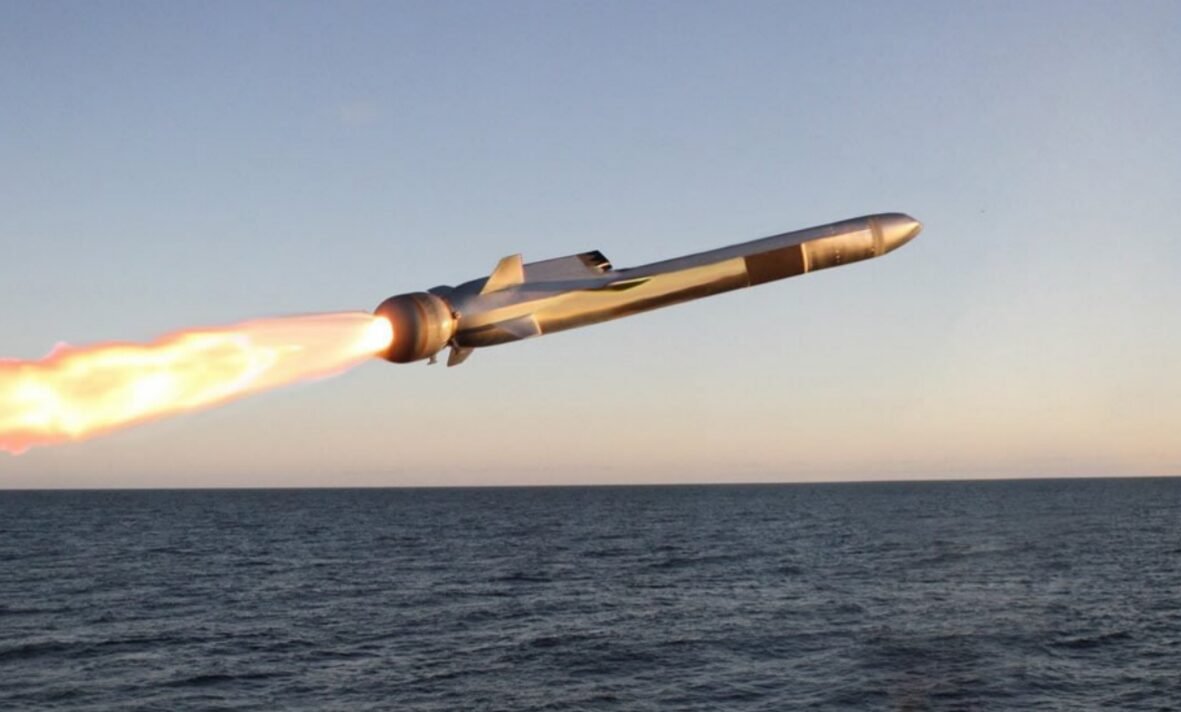Denmark’s Coastal Defense Revitalization
Denmark’s recent consideration to reactivate its coastal defense capabilities, specifically through the integration of Naval Strike Missile (NSM) batteries, marks a significant pivot in regional defense strategy in light of evolving security dynamics in Northern Europe. Originally discontinued, these systems reflect an increasing acknowledgment of the necessity for robust maritime deterrence amid a backdrop of heightened tensions, particularly stemming from Russian military posturing in the Baltic Sea and the Arctic.
The NSM, a state-of-the-art anti-ship cruise missile developed by Kongsberg Defence & Aerospace, is designed for deep penetration and precision strike capabilities against surface targets. Its advanced features—such as low-altitude flight profiles, target recognition technology, and networked combat capabilities—position it as a formidable asset in Denmark’s envisioned coastal defense framework.
Historically, Denmark has maintained a modest coastal defense posture, relying heavily on NATO commitments and the air and naval capabilities of allied forces. However, the security landscape has shifted dramatically since 2022, emphasizing the need for nations to bolster their independent defensive capacities. The Danish government’s review to enhance coastal defenses aligns with similar initiatives across the Nordic and Baltic regions, as countries reassess their defense spending and operational readiness.
This reactivation reflects a broader trend of rearmament within Europe, catalyzed by geopolitical pressures that have prompted a reevaluation of deterrent strategies against possible maritime threats. Denmark’s decision to pursue NSM systems also complements recent investments in surveillance technologies, including maritime domain awareness and anti-access area denial (A2/AD) capabilities. The strategic integration of these systems could enable Denmark to enhance its defense sovereignty while contributing to collective security frameworks with neighboring countries, fostering interoperability within NATO’s Northern Flank.
Moreover, by establishing an effective coastal missile system, Denmark would not only augment its own defense posture but would also deter potential aggressors who may seek to exploit maritime vulnerabilities in the region. As the geopolitical climate continues to evolve, Denmark’s proactive approach to rearmament underlines a significant shift toward a more assertive stance in securing its maritime interests and sovereignty in the face of modern threats.
The implications of this decision could reverberate throughout Northern Europe, influencing regional defense collaborations and strategies aimed at countering potential adversaries.






